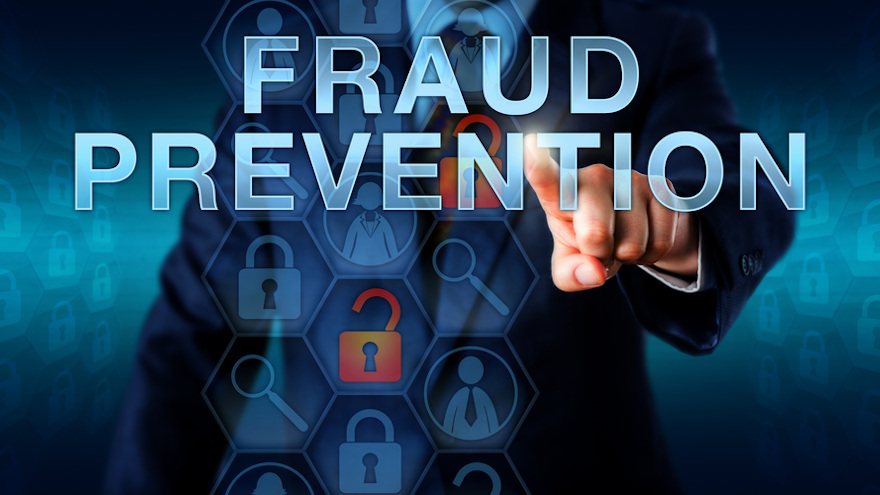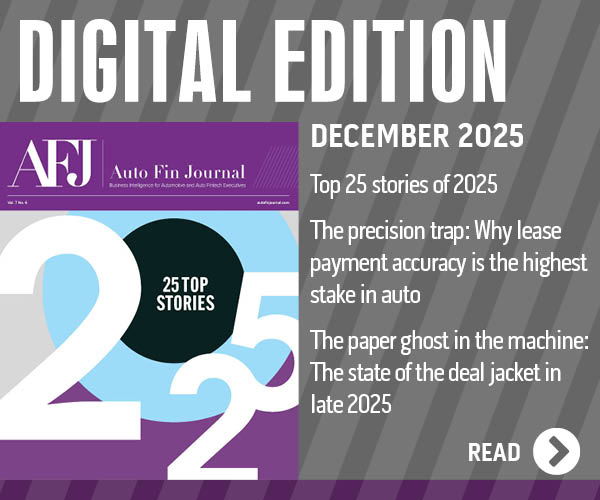COMMENTARY: Auto-loan fraud is pervasive yet preventable

Image by LeoWolfert / Shutterstock.com
By subscribing, you agree to receive communications from Auto Remarketing and our partners in accordance with our Privacy Policy. We may share your information with select partners and sponsors who may contact you about their products and services. You may unsubscribe at any time.
NEW YORK –
Auto-loan fraud is a significant challenge to the auto-finance industry — one that actually grew during the pandemic. Auto-finance fraud reportedly cost the industry $7 billion in 2018 alone and resulted in damage to business reputation and compliance issues. Better regulation and enforcement are helping to curb the problem but either means more difficult compliance issues or is often too little, too late.
Fortunately, the technology exists that can help auto lenders reduce loan fraud with the additional benefit of lower costs, faster time to funding and other advantages. Below, we’ll look at how digital tools reduce the different types of fraud.
The growing peril of auto loan fraud
Research conducted by the Aite Group found that synthetic identity fraud alone is culpable for $50 billion of industry losses. Considering that many lenders often refrain from reporting all instances of fraud, and some cases are concealed due to false reporting of identity theft, the actual number may be even higher.
Auto loan schemes can be quite costly to lenders that suddenly find themselves saddled by unpaid balances and non-compliance fines. They are also costly to future customers, who may have to pay higher rates to compensate for losses on the auto lender’s margins. Beyond the steep monetary penalty, fraud negatively impacts lenders’ image and reputation as stories of schemes go to press.
Here are some of the most pervasive types of fraud auto lenders have had to struggle with during recent years:
— Document fraud: When sending stips to apply for a loan, a borrower with bad credit exaggerates their income, provides a false address, and invents employer information to obtain a loan they wouldn’t normally be qualified for.
Subscribe to Auto Remarketing to stay informed and stay ahead.
By subscribing, you agree to receive communications from Auto Remarketing and our partners in accordance with our Privacy Policy. We may share your information with select partners and sponsors who may contact you about their products and services. You may unsubscribe at any time.
— Classic identity theft: Fraudsters apply for auto loans using identity cards or documents stolen from individuals with high credit scores and apply for a loan out under their name.
— Synthetic identity theft: Bad actors invent social security numbers (or steal children’s social security numbers) to build new credit profiles. While individuals can engage in this type of identity theft, it is more commonly encountered among professional crime rings. According to some estimates, 80% of all credit card losses are due to synthetic fraud.
As auto loan fraud scams become increasingly professionalized and sophisticated, auto lenders need to stay one step ahead. Fortunately, technology can make it easier to not only catch but actively prevent fraud attempts.
Faster and better identity verification
Making a copy of a customer’s ID is standard practice — but the truth is that this is of little value for auto lenders who are dealing with a fraudster. Either they will use a valid ID card owned by someone else or pay very little for a very convincing replica. By the time the information is checked and verified — if at all — the sale and loan might have already been completed and the car driven off the lot.
To prevent this, auto lenders can use digital identification and verification tools that can determine within seconds whether the person applying for the loan is in fact the person they claim to be or, in the case of synthetic fraud, a real person.
Many of the most advanced solutions use facial recognition technology to compare an applicant’s photo ID with a live picture they must submit of themselves. The solution analyzes elements in the live photo such as distance between facial features, skin texture, and distinct marks and compares it to the image in the photo ID. If there is a match, the ID is considered verified.
Effective ID verification prevents bad actors from getting into the system in the first place and may even have the potential to deter future fraudsters.
More efficient document collection
At first, more efficient document collection sounds like a time-to-funding issue — and it is — but it also means that documents and stips that are collected can be quickly digitalized using OCR technology and then analyzed using sophisticated algorithms that will flag potential issues such as employment or income fabrication.
The speed and accuracy elements are critical here. Auto lenders need to approve loans quickly to remain competitive which means document or stips collection and verification can be a real business blocker if done by traditional, manual means. By digitalizing the process and make use of proven technologies that can give the green light on most loans much faster, loan officers can focus their expertise and time on loans that the system flagged as being most likely to be fraudulent.
Advanced digital signatures
Wet signatures are ripe for abuse. Fraudsters can easily prey on individuals who have simplistic, inconsistent, or otherwise easily forged signatures and steal their identities. Furthermore, they can tamper with signatures in existing documents, and it can be difficult to prove any of this in a court of law.
Digital signatures have an edge here because they are based on cryptology principles with a private key and public key. A person’s digital identity is electronically bound to a particular electronic signature and the mathematical algorithm that’s derived from it. Furthermore, it comes with a tamper-proof paper trail, and thus cannot be altered either in transit or after its delivery is complete.
The bottom line
Auto loan fraud may be growing in complexity, but so are the technologies that are being created to combat it. Auto lenders no longer have to rely on time-consuming manual paperwork to prevent fraudsters. By digitizing the loan application process, compliance and turnaround time increase in tandem.
Gilad Komorov is chief revenue officer for Lightico, one of this year’s Emerging 8 honorees highlighted by Auto Fin Journal.


